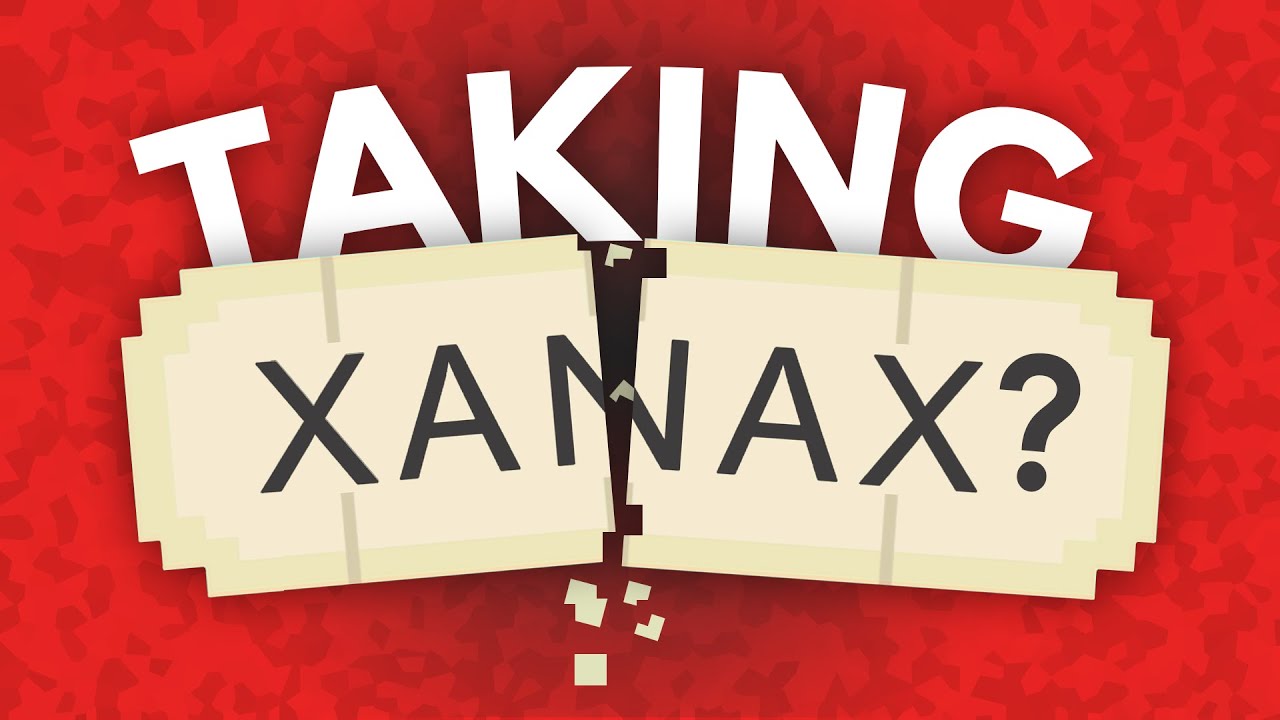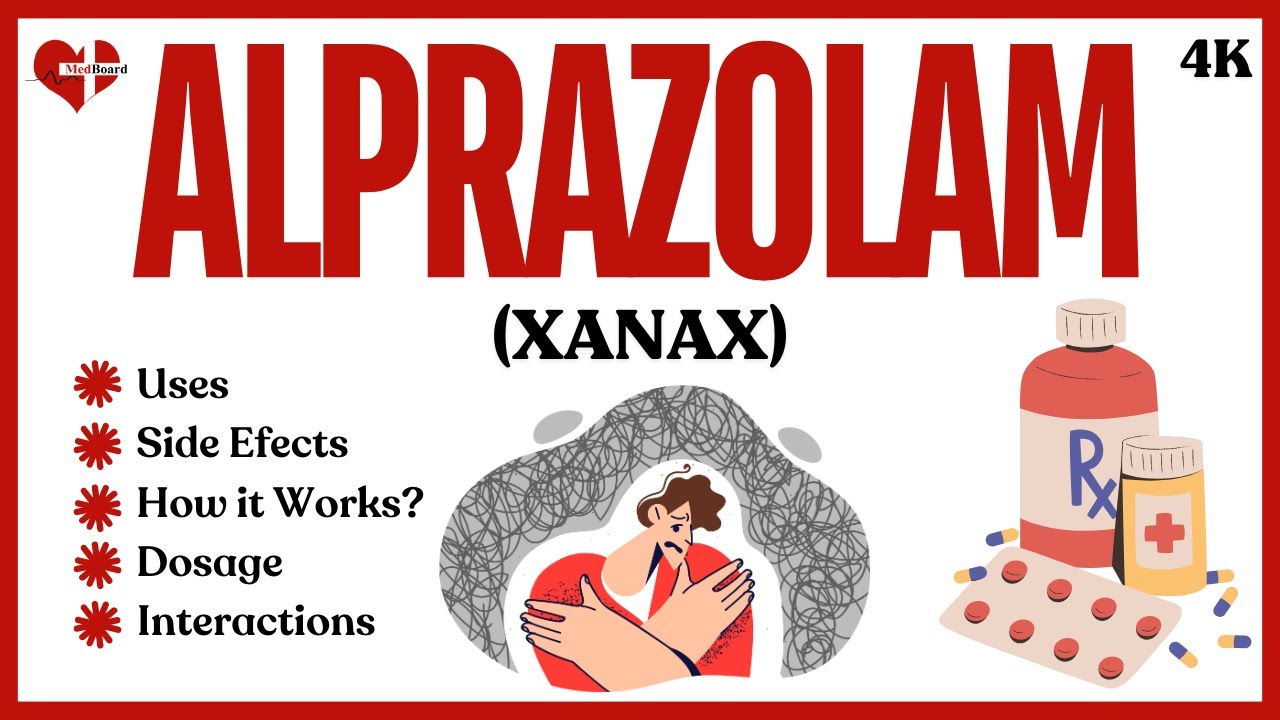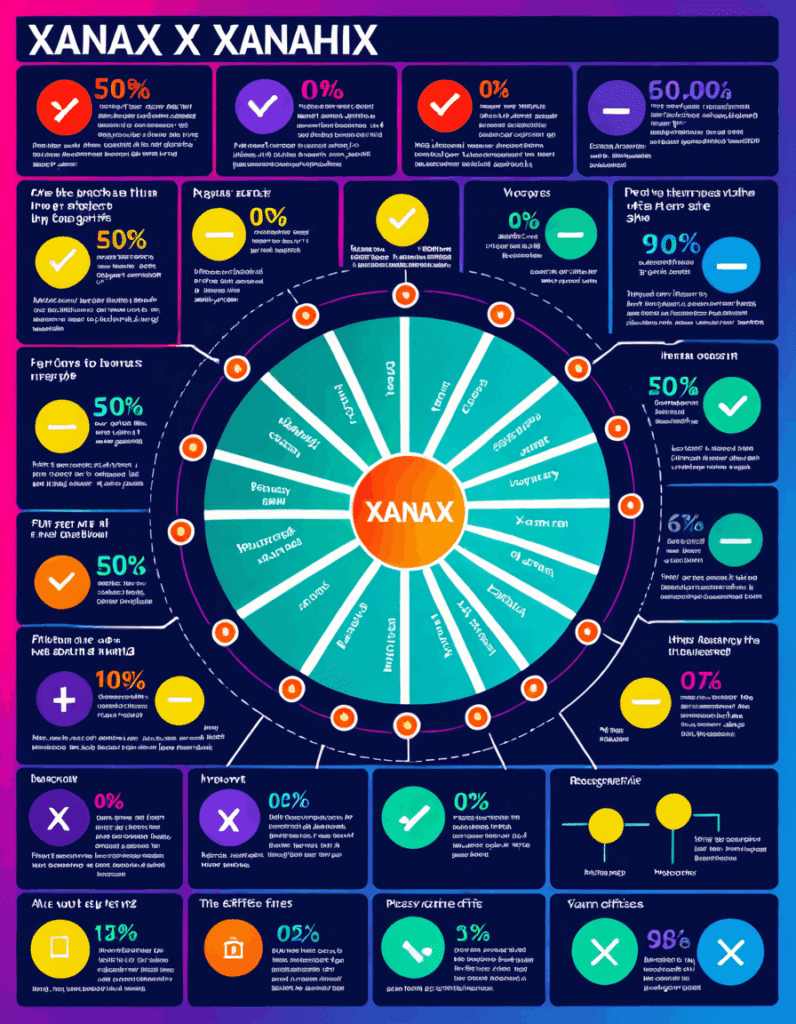When it comes to managing anxiety and panic disorders, Xanax might seem like a lifesaver. Known generically as alprazolam, it has become widely used among those grappling with these challenging conditions. However, while the medication can offer relief, the side effects of Xanax can pose significant risks for its users. Understanding these effects is crucial not just for users but also for their families and friends who want to support them.
Many users may not realize that Xanax can lead to a wide range of side effects, from mild annoyances to severe complications that require hospitalization. Therefore, both users and caregivers should be aware of how this medication can affect day-to-day life and mental well-being. By equipping ourselves with knowledge, we can foster better conversations with healthcare providers and make informed decisions about ongoing treatment.

Top 7 Side Effects of Xanax Users Often Experience
It’s no surprise that one of the most frequently reported side effects of Xanax is drowsiness. Many users feel excessively tired or lethargic, making their daily activities feel like climbing a mountain. This sedation can lead to serious consequences, especially for those who drive or operate heavy machinery. Feeling sleepy when you need to be alert can be dangerous.
Dizziness is another common issue, often leading to balance problems that can increase the risk of falls. Older adults, in particular, should be cautious with this medication, as they might already be vulnerable to the risks that come with falls. Imagine a scenario where an elderly parent is prescribed Xanax; you’d want to keep a close eye on them to avoid accidents caused by dizziness.
Users often notice difficulties with concentration or memory. This cognitive fog can create frustration, confusion, and barriers in professional and personal relationships. Many have compared their experiences to feeling as if they’re living through a slow-motion film. If any of this sounds familiar, know that these feelings are valid, and communication with a healthcare provider is essential.
Xanax can lead to unexpected shifts in mood. Some users experience increased anxiety, irritability, or even depression—a phenomenon corroborated by various anecdotal reports in support circles. It’s crucial to monitor emotional changes closely, as these may require adjustments in medication or dosage. Having a strong support system can help navigate this rocky terrain.
Long-term use of Xanax raises the risk of dependence. Users may find themselves needing higher doses to achieve the same calming effect. If they then decide to stop taking Xanax, they may face withdrawal symptoms like seizures, anxiety, or insomnia, making it vital to follow a medically supervised tapering process. This step can be life-changing for someone who’s struggled with addiction.
Withdrawal symptoms from Xanax share similarities with those of other medications, like Wellbutrin. The Wellbutrin side effects first week can include anxiety, mood swings, and sleep disturbances that amplify the emotional burden. Understanding these parallels helps users better differentiate between typical withdrawal symptoms and the resurgence of underlying issues.
Although rare, some users may experience allergic reactions, including rash, itching, or swelling. Severe side effects that require immediate medical attention may also arise unexpectedly. This pattern is not just limited to Xanax; similar risks can occur with medications like Cefdinir, which also poses allergic response risks with severe skin reactions.

Comparisons with Other Medications: Xanax vs. Wellbutrin and Others
Examining the side effects of Xanax alongside other medications sheds light on treatment choices. For example, Wellbutrin generally energizes, but its initial use might lead to sleep disturbances and anxiety that could shock users into thinking they’re experiencing Xanax withdrawal.
Similarly, tramadol, used widely for pain relief, presents tramadol side effects such as dizziness and nausea—effects also seen with Xanax. Such overlapping symptoms can lead to confusion for users who are juggling multiple prescriptions.
Additionally, buspirone can alleviate anxiety but may induce dizziness and lightheadedness, providing yet another reminder of how vital it is for users to discuss medication interactions with their doctors.

Assessing the Risks of Combination Therapies
Combining Xanax with other medications calls for great caution. Mixing Xanax with buspirone or tramadol can intensify side effects, leading to increased sedation or severe cognitive impairment. Such interactions might compound the struggles of those already battling addiction or anxiety. Being informed about these combinations can empower users to advocate for themselves, fostering healthier conversations with healthcare professionals.

Navigating the Path Forward: Making Informed Choices
Awareness of the side effects of Xanax paves the way for more structured discussions with healthcare providers. This empowerment can break the stigma surrounding medication and mental health. Patients should be proactive, voicing any side effects they encounter—because open dialogues lead to better treatment plans.
For parents grappling with children’s addictions, understanding how medications like Xanax impact mental health can soften the devastation. By focusing on education and support, we create an environment where individuals can heal responsibly, working collaboratively with doctors.
As we push for awareness and reform, let’s remember that compassionate dialogue and informed decision-making are critical in navigating the journey toward recovery. It may seem like a daunting path at times, but by understanding the side effects of medications like Xanax, we can guide our loved ones to a healthier tomorrow, whether they’re facing addiction or mental health struggles.
For further insight into mental health topics, check out bipolar ii disorder and join our advocacy with Mothers Against addiction to support those on their path to recovery. With the right information and support, we can transform lives.

Side Effects of Xanax That Every User Should Know
Know Before You Go: The Side Effects of Xanax
Let’s face it—Xanax has been quite the talk of the town. While many people turn to it for anxiety relief, there are important side effects of Xanax that shouldn’t be ignored. Users might experience everything from drowsiness to headaches, and some might even feel like they’re trapped in a Morticia Addams episode—plenty of drama without any resolutions! This medication can have effects on both the mind and body that are worth considering before use.
As many users know, Xanax can also lead to changes in mood, which can sometimes feel like a wild ride on a Peloton rower—a workout that can either energize or exhaust you. Research shows that long-term use may lead to dependency or withdrawal symptoms, leaving individuals in a less-than-ideal mental state. It’s crucial to talk to your doctor about your feelings, especially if they start to echo the struggles associated with bipolar II disorder.
Fun Facts and Hidden Truths
Did you know that one of the side effects of Xanax can be cognitive impairment? It might make you forget where you left your keys or binge-watch free TV Shows until the sun rises! Shockingly, this is more common than you’d think. While it’s tempting to think Xanax can simply make your troubles vanish, many users might end up suffering from confusion or forgetfulness that sneaks up like an awkward guest at a party—uninvited and hard to ignore.
To really grasp the side effects of Xanax, consider that it can also lead to physical issues, such as dizziness or nausea. These unpleasant outcomes could be as surprising as discovering a new Ladypool that you didn’t know existed! If you’re experiencing severe reactions, or if you’re considering pairing Xanax with other medications, like cefdinir, keep in mind that this combination can also yield unexpected side effects, like worsening allergic reactions or stomach issues. Always consult healthcare providers to navigate through these potential pitfalls before taking the plunge.
Much like how The End Of Us emphasizes the importance of connection and support, the side effects of Xanax remind us that we must be proactive about our mental health. So, whether you’re battling anxiety or dealing with familial addiction, know that you don’t have to face these challenges alone. Stay informed, and don’t hesitate to reach out for help when navigating your emotional landscape. After all, there’s a whole world of support waiting just around the corner.





























